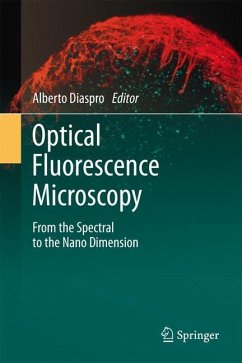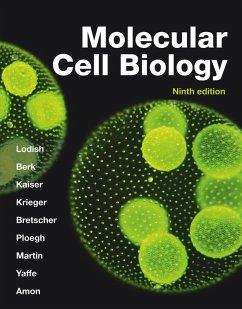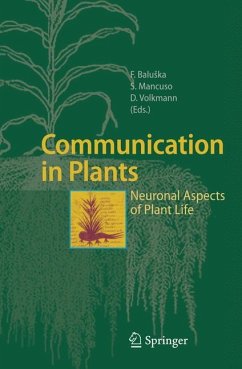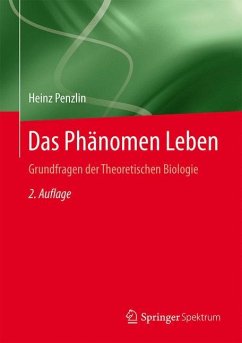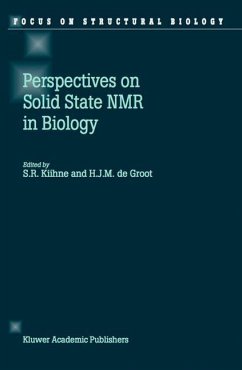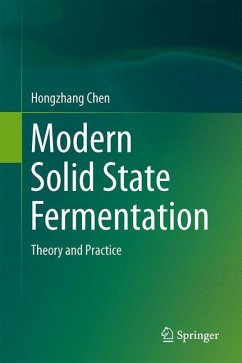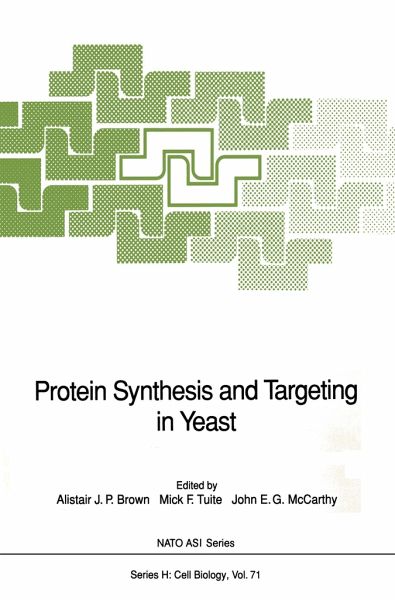
Protein Synthesis and Targeting in Yeast

PAYBACK Punkte
39 °P sammeln!
Due to fundamental similarities between the yeastSaccharomyces cerevisiae and multicellular organisms at themolecular level, and the powerful range of experimentaltools available for this yeast, S. cerevisiae is proving anideal model system for studies on protein synthesis andtargeting.The topics covered are: - Messenger RNA stability andtranslation.- The translation apparatus. - Translationalcontrol andfidelity. - Protein targeting to themitochondrion. - Nuclear transport. - The secretory pathway.- Protein folding and degradation. - Protein splicing.Modern and often novel molecular, genetic a...
Due to fundamental similarities between the yeastSaccharomyces cerevisiae and multicellular organisms at themolecular level, and the powerful range of experimentaltools available for this yeast, S. cerevisiae is proving anideal model system for studies on protein synthesis andtargeting.The topics covered are: - Messenger RNA stability andtranslation.- The translation apparatus. - Translationalcontrol andfidelity. - Protein targeting to themitochondrion. - Nuclear transport. - The secretory pathway.- Protein folding and degradation. - Protein splicing.Modern and often novel molecular, genetic and biochemicalapproaches as well as most recent data are provided. Thereader will gain a comprehensive view of the current statusof the field.



